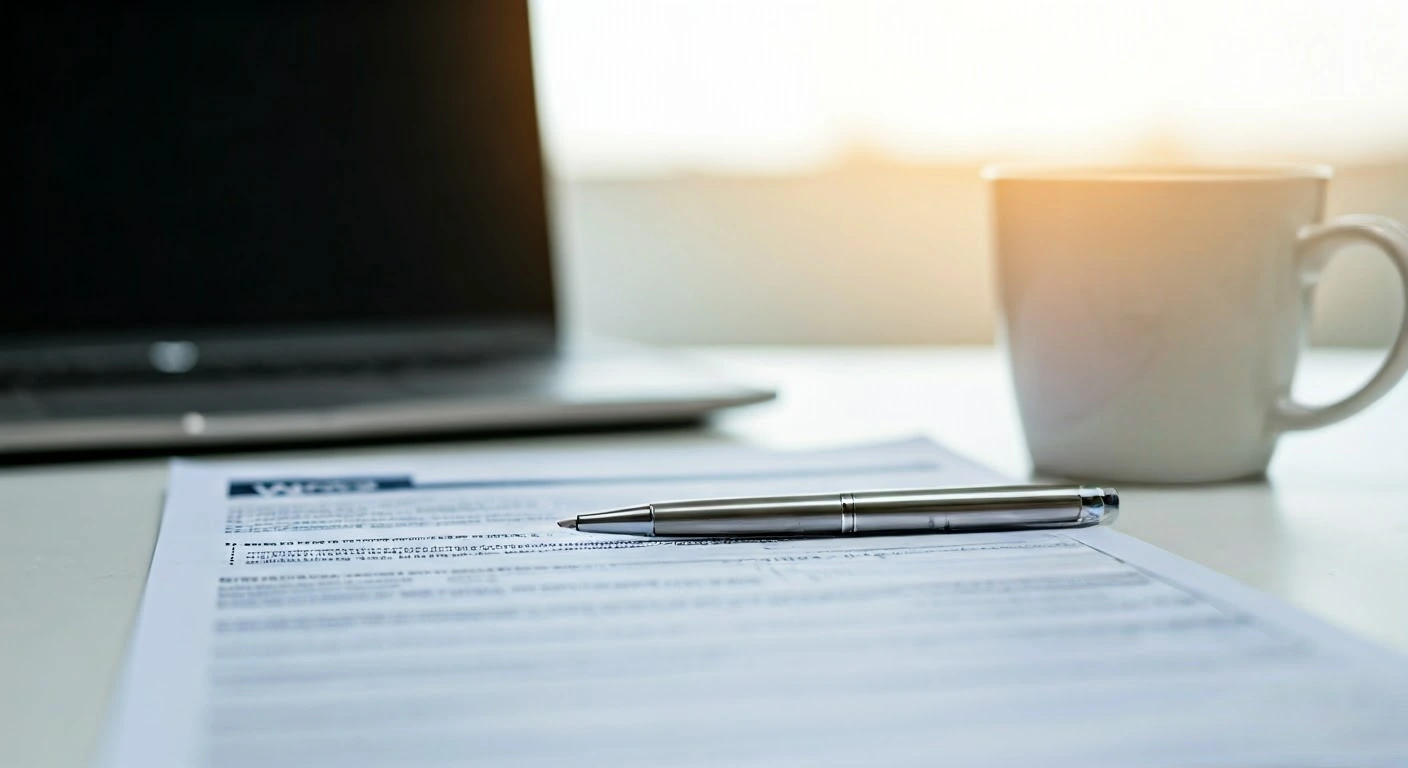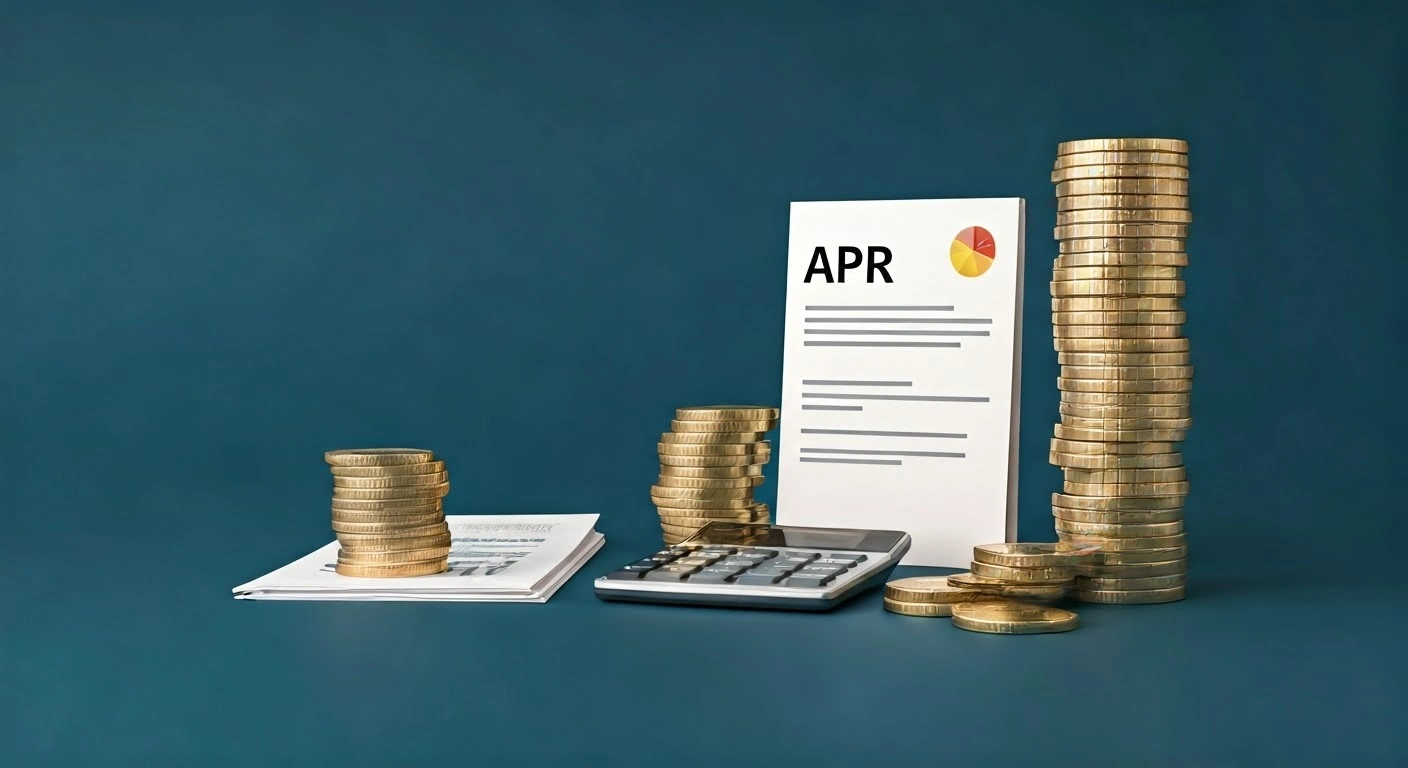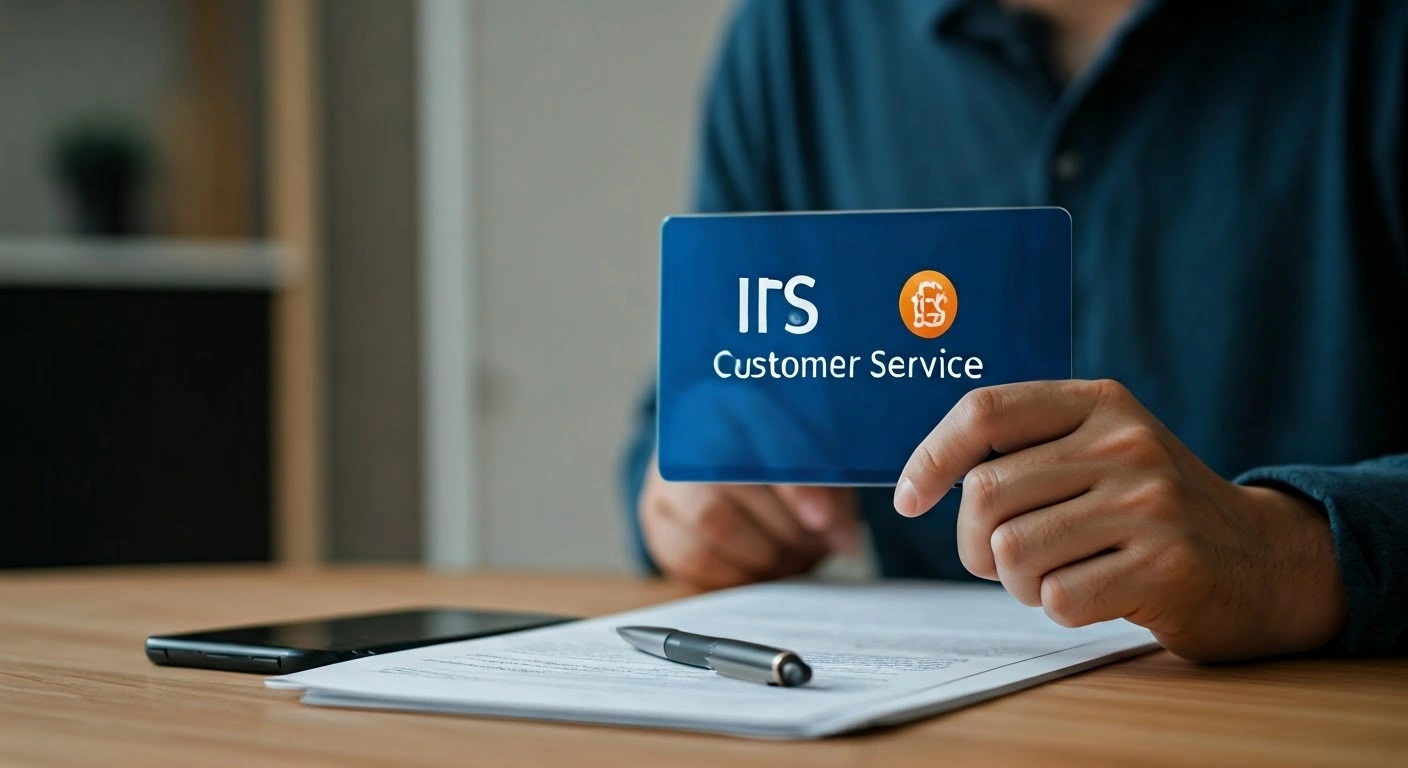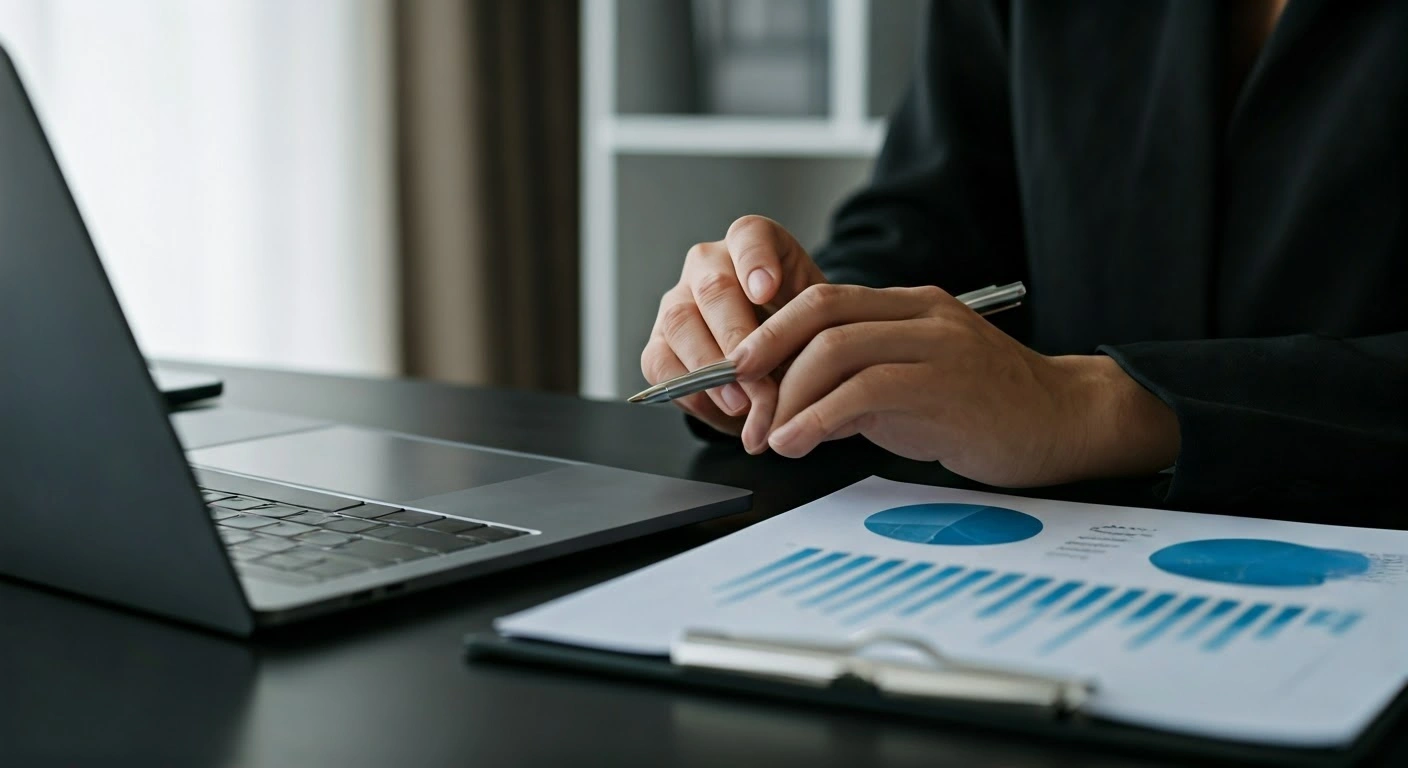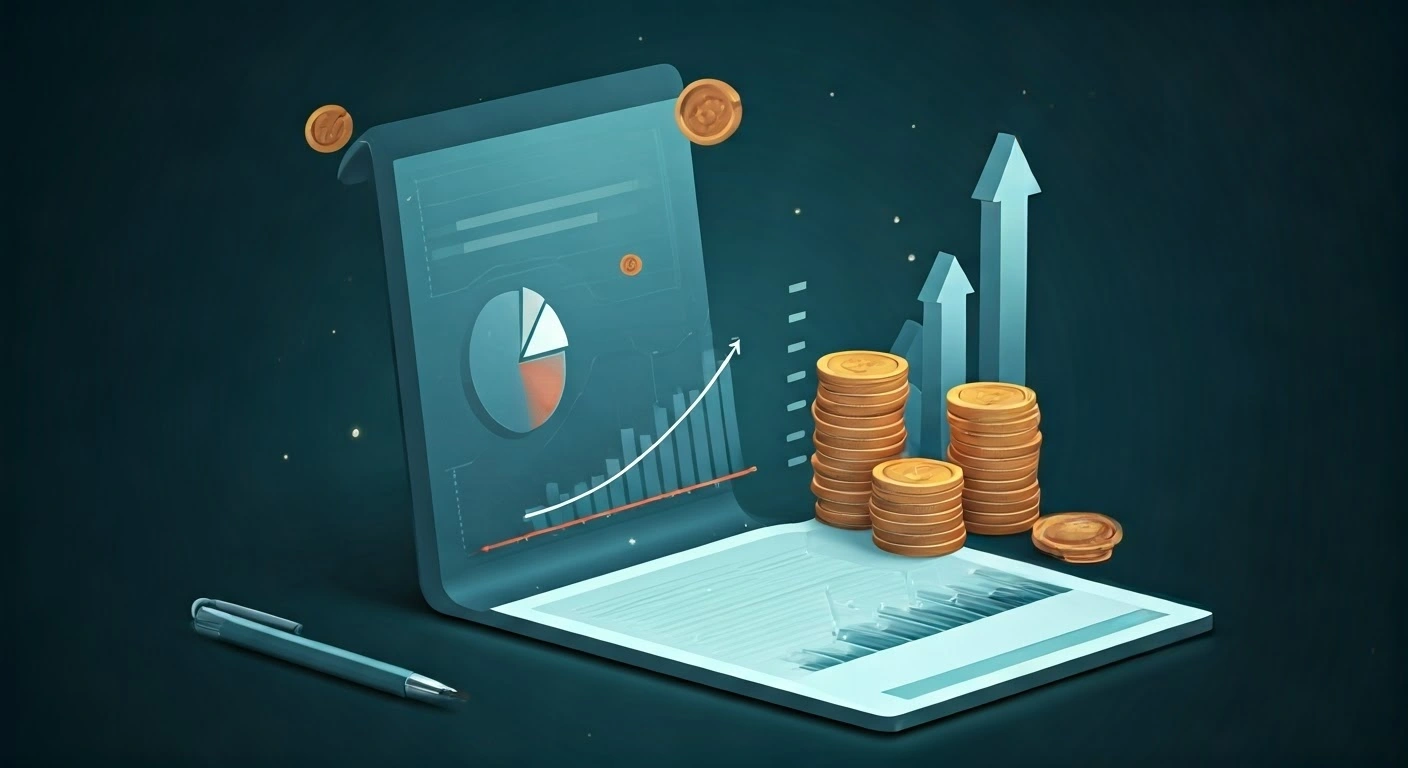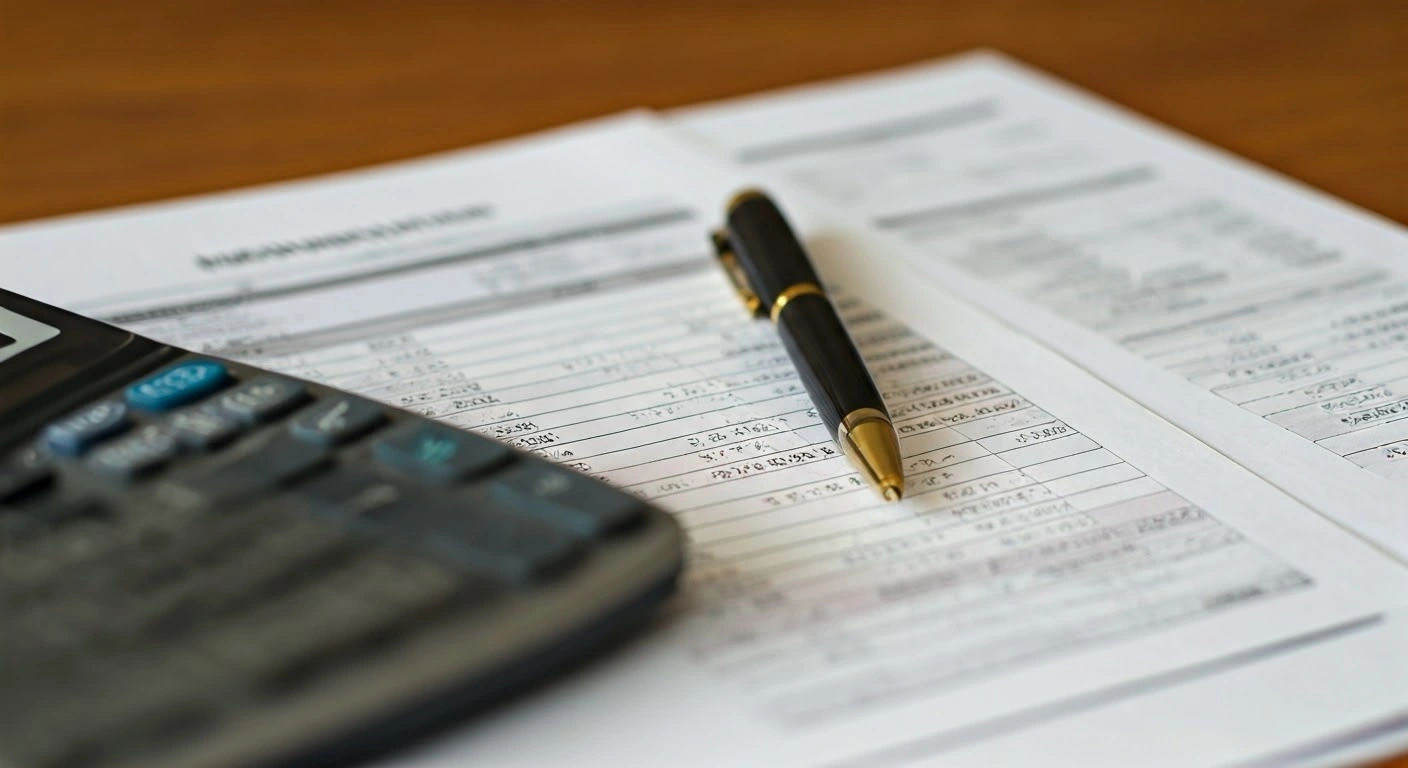Demystifying Liabilities in Financial Accounting: A Guide to Liabilities Definition, Categories, Examples, Ratios
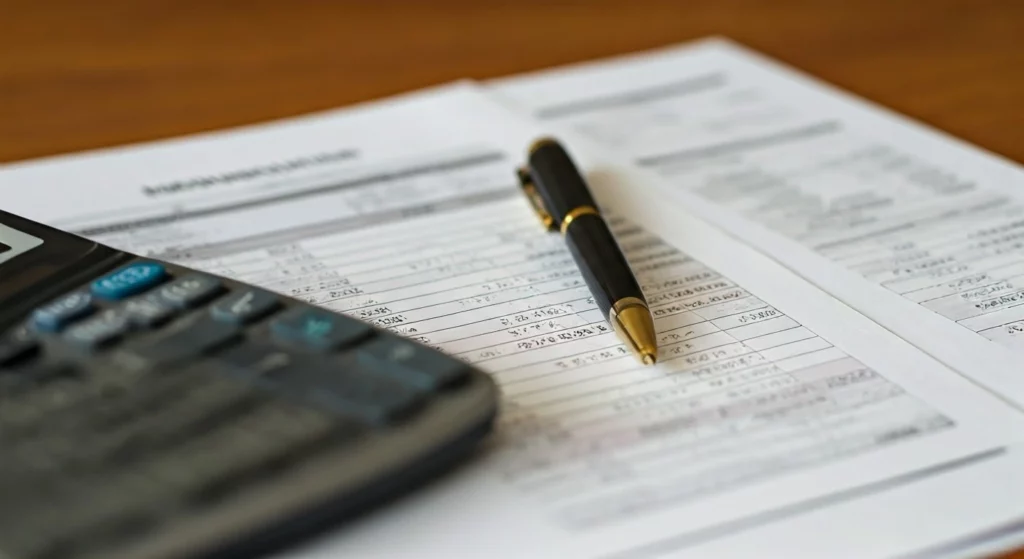
In financial accounting, it is important to understand financial statements. A major part of this is about liabilities. They are the debts a company owes to others. This guide will explain liabilities in financial accounting in an easy way. It will cover what are liabilities on a balance sheet, their definition and meaning in accounting. We’ll cover the different types of liabilities, like current or short-term, and long-term liabilities, and explore how they differ from assets. You’ll also learn about contingent liabilities and see real-world examples. By the end, you’ll have a clearer grasp of how they impact a business’s financial health and its ability to meet financial obligations.
Key Highlights
- Liabilities are what a company owes to others. These can be short-term debts, like accounts payable, or long-term debts.
- They help us understand how financially healthy a company is and if it can pay its debts.
- They can be current, meaning they must be paid within a year, or non-current, meaning they will be paid later.
- Common examples are accounts payable, bank loans, salaries payable, and deferred revenue.
- Important financial ratios, like the debt-to-equity ratio, can help investors and creditors see how risky a company's debts are.
What are Liabilities in Financial Accounting?

A well-managed balance sheet is crucial for business success and growth
Liabilities in financial accounting are the amounts a business owes to others. You can view them as debts that the business needs to repay. These debts arise from actions that happened in the past. Later, the business will settle these debts using cash or other items.
They are key parts of the accounting equation. This equation helps in creating the balance sheet. A balance sheet gives a fast view of a company’s financial state at a specific time.
The Role in Business Operations
Debts play a key role in a company’s financial health. Businesses use debts wisely to run their operations, support growth, and improve their finances. When handled well, they can help a company grow and earn more money. For example, taking out loans can be a great way to purchase new equipment, hire employees, and explore new markets. This can lead to increased sales and higher profits. When we take a closer look at a company’s debts, it reveals key insights into its financial health. This information is very important for analysts, investors, and lenders who want to understand the company’s financial statements better.
Liabilities vs Assets
Understanding how liabilities and assets relate is key in financial accounting. They work together like two sides of the same coin. They show a company’s financial health through the accounting equation. In simple terms, assets are what a company owns. Liabilities in accounting are what a company owes.
Assets come in different types. Some are physical, like buildings, machines, and stocks. Others are intangible assets. These are things you can’t touch, such as patents, trademarks, and copyrights. A big part of accounting is the accounting equation. It is written like this: Assets = Liabilities + Owner’s Equity. Liabilities are the opposite of assets. They include the debts a company must pay, like money owed to suppliers, lenders, and employees.
How to Find Liabilities On a Balance Sheet?
Finding a company’s debts is easy if you know where to look: the balance sheet. The balance sheet is an important financial report. It shows what a company owns (assets), what it owes (liabilities), and the owner’s share (equity) at a certain time.
In the balance sheet, there is a part for debts. This part shows them clearly and tells you how much the company owes. Keep in mind that accounting rules, like Generally Accepted Accounting Principles (GAAP) and International Financial Reporting Standards (IFRS), can change how these debts appear and are arranged.
Here’s an example of a balance sheet in a single-column format:
Assets
- Current Assets:
- Cash and Cash Equivalents: $50,000
- Accounts Receivable: $30,000
- Inventory: $40,000
- Total Current Assets: $120,000
- Non-Current Assets:
- Property, Plant, and Equipment: $200,000
- Intangible Assets: $25,000
- Total Non-Current Assets: $225,000
- Total Assets: $345,000
Debts and Equity
- Current Liabilities:
- Accounts Payable: $15,000
- Short-Term Loans: $10,000
- Accrued Expenses: $5,000
- Total Current Liabilities: $30,000
- Non-Current Liabilities:
- Long-Term Debt: $100,000
- Total Non-Current Liabilities: $100,000
- Total Liabilities: $130,000
- Owner’s Equity: $215,000
- Total Liabilities & Equity: $345,000
Liabilities Classification Explained
Debts come in different types. Knowing these types helps us to understand them better and to know when we should pay them.
- The first type is current liabilities. These are short-term debts we must pay within a year.
- The second type is non-current liabilities. These are debts that last more than a year.
- The third type is contingent liabilities. These are possible debts that could happen based on future events.
In accounting, it is key to tell current obligations apart from non-current ones. The main difference lies in when these debts are due. Understanding this helps people see how much cash a company needs now and in the future. By looking at current and non-current debts, investors and creditors can find out key details about a company’s liquidity and any financial risks.
Overview of Current / Short-Term Liabilities
These are the amounts that a company needs to pay within a year or during its usual operating cycle, whichever is longer. Companies usually use current assets to pay these debts. This shows how important they are when looking at a company’s short-term liquidity. Here are some common examples of current liabilities in financial accounting:
- Accounts Payable: This means the company’s short-term debts. They happen when a company buys things on credit from suppliers.
- Short-Term Debt: This includes things like bank loans, lines of credit, and commercial paper that need to be paid soon.
- Accrued Expenses: These are costs the company has made but has not paid yet. This includes things like salaries, rent, and interest.
- Unearned Revenue: This is when the company gets paid in advance but hasn’t delivered the goods or services yet.
- Current Portion of Long-Term Debt: This is the part of long-term debt that has to be paid in the current accounting period.
- Product Warranties: These are commitments a company makes to repair or replace products if they turn out to be defective or don’t work as expected.
Delving into Non-Current / Long-Term Liabilities
They are the debts a company has to pay after this year. They do not need to be paid immediately. These debts can include long-term loans or bonds. It is essential to understand non-current debts to see how healthy a business may be in the future. They appear on the balance sheet. This gives a full view of a company’s financial responsibilities. Tracking non-current debts helps us understand how stable a company is and its ability to pay debts later. Some examples of non-current liabilities are long-term leases, deferred tax payments, and retirement fund obligations.
Examining the Nuances of Contingent Liabilities
They are potential debts that might arise in the future. They depend on events that the company cannot fully control. A company will acknowledge these debts if it seems likely that the event will happen and if it can estimate how much is needed. Their financial reporting is more complicated. It involves managing uncertainties and risks, such as regulatory risk.
Here are some examples of contingent liabilities that are reported through financial accounting:
- Pending Lawsuits: A lawsuit can create a big financial obligation for the company if it loses.
- Product Warranties: If a product has problems, the company might have to repair or replace it. This can lead to warranty claims.
- Environmental Remediation: Companies that hurt the environment could be required to clean up the damage they create.
Common Liabilities Examples
To help you understand, we will look at some easy practical examples in financial accounting from businesses.
Accounts Payable: A Classic Example in Financial Accounting
One common type of financial debt is accounts payable. Some also call it payables or creditors. In a business, it is normal for a business owner to get goods or services from suppliers without paying right away. For example, a business owner might buy inventory from a supplier. Instead of paying cash right away, the business owner gets an invoice. This invoice shows when the payment should be made. An unpaid invoice is an obligation for the business. It means that the business must pay the supplier for the items it has received.
Long-Term Loans: Understanding Their Impact
Long-term loans are debts that businesses often use. Companies mark them as non-current debts on their balance sheet. When a business wants to make a big purchase, like new equipment or expansion, it may need a long-term business loan. This loan can come from a bank or another money-related institution. These loans help improve the company’s capital structure and give the funds needed for growth. In this type of transaction, the company gets a sum of money right away. Then, it agrees to pay back the loan with interest over several years.
Key Financial Ratios Involving Liabilities in Financial Accounting
Financial ratios show us how well a company is doing with its money. They look at different sections of its financial statements. A major set of these ratios focuses on debts. This helps analysts and investors understand a company’s risks and how much debt it has. Some key ratios in this set are the debt-to-equity ratio, the current ratio, and the long-term debt ratio. Using accounting software simplifies these calculations.
Debt to Equity Ratio: What It Tells Us
The debt-to-equity ratio is an important financial accounting metric. It helps us see how a company gets its money by comparing its debt to the owner’s equity. This ratio shows how much a company relies on loans to operate. A higher ratio means the company uses more borrowed money. It also means that a larger part of the company’s assets is funded through debt.
To find the debt-to-equity ratio, you need to divide total liabilities by total equity. For example:
| Line Item | Amount |
| Total Liabilities | $500,000 |
| Shareholder’s Equity | $250,000 |
Debt to Equity Ratio = $500,000 / $250,000 = 2
A debt-to-equity ratio of 2 means the company has $2 in debt for every $1 in ownership.
Here is an easy-to-use debt to equity ratio calculator.
Debt-to-Equity Ratio Calculator
Current Ratio: Gauging Liquidity
The current ratio shows us how liquid a company is. Liquidity means how easily a company can pay its short-term debts. This financial accounting ratio helps us see if a company has enough liquid assets to pay its quick bills. A higher current ratio usually means the company can pay its debts easily.
To find the current ratio, you need to divide current assets by current liabilities. For example:
- Current Assets are $100,000.
- Current Liabilities are $50,000.
To find the current ratio, we divide the numbers. If we take $100,000 and divide it by $50,000, the result is 2.
A current ratio of 2 shows that the company has $2 in current assets for every $1 in current debts. This indicates that the company likely has strong short-term liquidity. Find a handy current ratio calculator below.
Current Ratio Calculator
The Long-Term Debt Ratio
The long-term debt ratio shows how much a company relies on long-term debt to operate. You can find this ratio by dividing long-term liabilities by total assets. A high ratio means the company may have problems paying its long-term debt if cash flow decreases. Analysts and investors keep a close eye on this financial accounting ratio. It tells them how much of the company’s total assets are funded by long-term debt. This ratio also points out the financial risks related to the company’s capital structure.
Company A has $500,000 in noncurrent debts. They also have $1,000,000 in total assets.
The Long-Term Debt Ratio is found by dividing $500,000 by $1,000,000. This gives you 0.5. So, it’s equal to 50%.
This means that half of what the company has is funded by long-term loans. This can be a big risk for people who want to invest.
Debt to Capital Ratio
The debt to capital ratio is another important financial metric that shows how much of a company’s capital comes from borrowed money. It helps assess how much financial leverage the company is using. This accounting ratio is calculated by dividing total debt by total capital (total debt + total equity).
For example, if a company has total debt of $300,000 and total capital of $800,000, the debt to capital ratio would be 0.375 or 37.5%.
This indicates that 37.5% of the company’s capital is financed by debt. A higher ratio suggests higher financial risk due to increased dependence on borrowed funds. Investors use this ratio to evaluate a company’s solvency and financial stability. It provides insight into how much of the company’s operations are debt-funded, which can impact its long-term sustainability and growth potential.
Effective Approaches to Manage and Reduce Debt

Mastering debt management for sustainable business growth and financial accuracy
Managing liabilities requires a balanced approach—leveraging debt wisely without allowing it to overwhelm your business. Here are some strategies to lower debts and improve financial stability:
- Tackle High-Interest Debt First: Start by paying off debts with the highest interest rates, like credit card balances or costly loans, to save money in the long run.
- Negotiate Better Terms: Talk to your creditors to get more favorable payment terms or lower interest rates. For example, switching to a fixed-rate loan can help you predict future costs more easily.
- Trim Unnecessary Expenses: Cut back on non-essential spending to free up cash for paying down debt. You could renegotiate vendor contracts or switch to more affordable software solutions.
- Increase Your Income: Explore ways to boost revenue by launching new products, entering untapped markets, or adjusting your pricing strategy.
- Reinvest Profits Wisely: Use a portion of your profits to pay down long-term debt, helping you reduce your overall debt burden over time.
Real-World Examples of Liabilities in Financial Accounting
Maintaining healthy debt ratios is essential for financial stability and enhances your business’s credibility with investors and other stakeholders. For example:
- A retail store with a 50% debt ratio uses $600,000 in post-peak sales revenue to pay off its short-term inventory loans, improving its debt ratio and ensuring it’s well-positioned for the next season.
- A tech startup reduces its long-term venture capital debt from 50% to 35% after a successful product launch, strengthening its financial health and making it more attractive to potential investors.
By monitoring and managing debts through debt ratios, businesses can make informed decisions and maintain financial strength.
Conclusion
Liabilities in financial accounting is important to understand a company’s financial stability. It helps to split current from non-current debts. This allows you to see short-term debts next to long-term debts more clearly. For example, accounts payable show what needs to be paid soon. Long-term loans are another story. They are debts that will take several years to pay off.
To find out if a company is in good financial shape, you should look at some key numbers. The debt-to-equity ratio and the current ratio are very important. These ratios show how stable the company is and how easily it can access cash. Understanding the company’s debts also helps you make smart financial choices and see how healthy the company really is.
How can ForMyTax Help with Financial Accounting?
ForMyTax can assist businesses in understanding and managing their financial accounting. Our expert team can analyze debt ratios, short-term, and long-term debts to provide tailored solutions for optimizing financial stability. By leveraging our accounting and bookkeeping services, businesses can make informed decisions, improve their debt management strategies, and enhance overall financial well-being. Let ForMyTax be your partner in navigating the complexities of liabilities in financial accounting!
Frequently Asked Questions
Expenses are the money a business spends to earn income. They impact the current accounting period. In contrast, liabilities are debts that need to be paid in the future. These debts usually last longer than next year.
The accounting equation helps us grasp financial issues better. It is: Assets = Liabilities + Owner’s Equity. Assets are things the company owns. Liabilities are what the company needs to pay back. Owner’s Equity shows what the owners have in the company. You can find all this on the balance sheet.
People and families often have debts. These personal debts can be things like mortgages, car loans, student loans, credit card bills, and unpaid invoices. This means you owe a sum of money to someone else.
There are three main types.
- Current – They are debts that you must pay within one year or less.
- Long-term – They are debts you will pay over several years.
- Contingent – They are payments that could happen based on future events
According to the International Financial Reporting Standards (IFRS), it refers to when you need to pay money or other financial things to another person or business. This can include bank loans, bonds you need to repay, and leases.
Current liabilities in financial accounting are the money a company owes and must pay back in less than a year. Some examples are accounts payable, short-term loans, and accrued expenses. These debts can affect the cash flow statement and the value of business assets.
Liabilities meaning in accounting is what a company owes to others. This could be money or services. You can see them on the balance sheet. They are a key part of the accounting equation.
A good debt to capital ratio indicates the proportion of a company’s debt compared to its total capital. A ratio below 0.5 is generally considered favorable as it suggests lower financial risk and healthier financial stability for the company.
Generally Accepted Accounting Principles (GAAP) are a set of standard accounting principles, procedures, and standards established by the Financial Accounting Standards Board (FASB). These principles ensure consistency and transparency in financial reporting across all organizations. They provide guidelines on how to prepare and present financial statements, ensuring accuracy and reliability for investors, creditors, and other stakeholders.
Items that typically belong on the income statement include revenue, expenses, gains, and losses. The income statement shows a company’s financial performance over a specific period, highlighting its ability to generate profit or incur losses. It provides valuable insights into the company’s operational efficiency and profitability.
Yes, lease liabilities are considered as debt in financial accounting. They represent the obligation to make future payments under a lease agreement and are recognized on the balance sheet as both a liability and an asset. This allows for transparency in reporting the company’s financial obligations related to leases
Current liabilities are short-term obligations due within a year, while long-term liabilities are payable over a period exceeding one year.
Popular Blogs
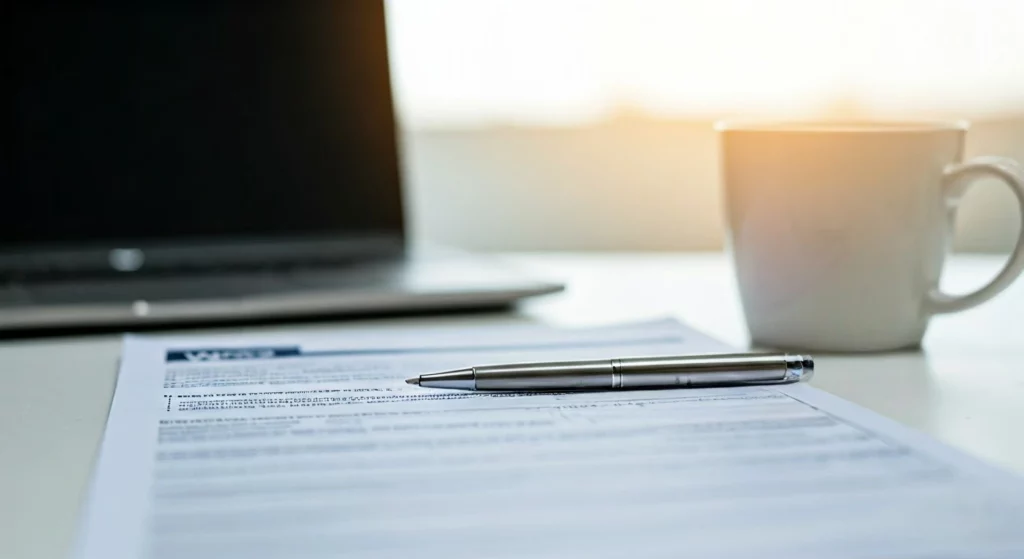 W9 Form: Request for Taxpayer Identification Number – Know What is a Form W-9, Who Needs It and How to Fill It Out
W9 Form: Request for Taxpayer Identification Number – Know What is a Form W-9, Who Needs It and How to Fill It OutNavigating IRS tax forms can be difficult. This is true…
Read More » 1099-NEC Simplified: Filing Requirements & Tax Compliance for the Upcoming Season
1099-NEC Simplified: Filing Requirements & Tax Compliance for the Upcoming SeasonNavigating income taxes can be tricky. This is especially true…
Read More » Beginner’s Guide to Self-Directed IRA Rules and Regulations: Exploring Investment Options and Custodians
Beginner’s Guide to Self-Directed IRA Rules and Regulations: Exploring Investment Options and CustodiansAre you looking for ways to grow your retirement savings…
Read More »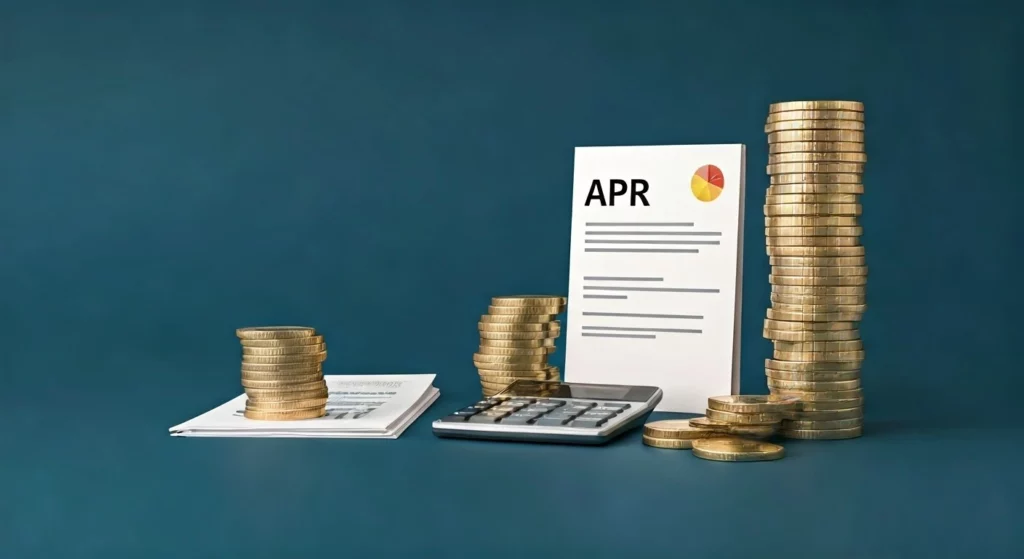 What Is APR: Types & Calculation Simplified
What Is APR: Types & Calculation SimplifiedWhen looking for a business loan, understanding APR (Annual Percentage Rate) is…
Read More »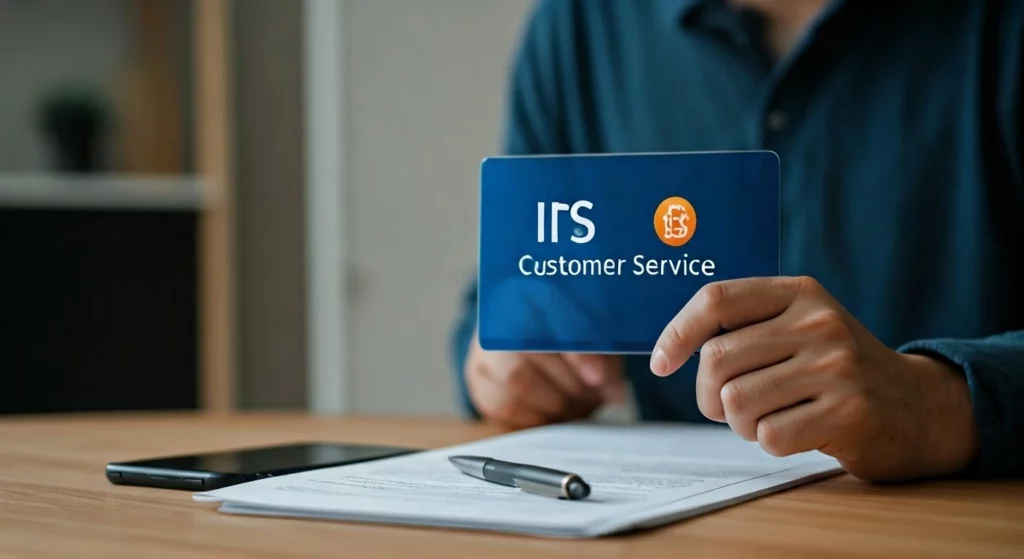 Contacting the IRS: To Receive Help, Call IRS Customer Service and Speak With an Agent
Contacting the IRS: To Receive Help, Call IRS Customer Service and Speak With an AgentNavigating the tax system can be overwhelming, but connecting with…
Read More »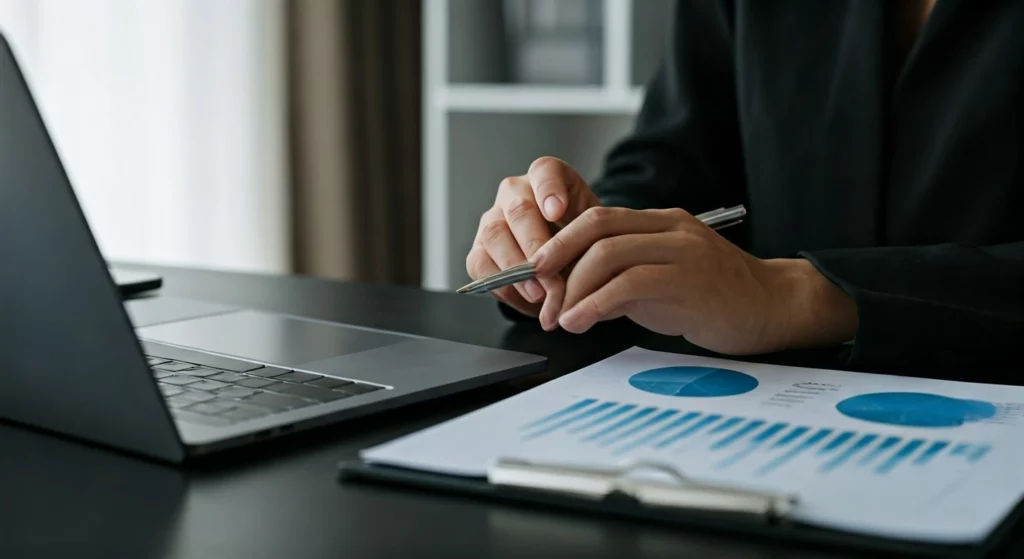 Unlocking the Importance of Accounting for Business Growth: Navigating Financial Success
Unlocking the Importance of Accounting for Business Growth: Navigating Financial SuccessAccounting is crucial for business success, influencing key decisions and…
Read More »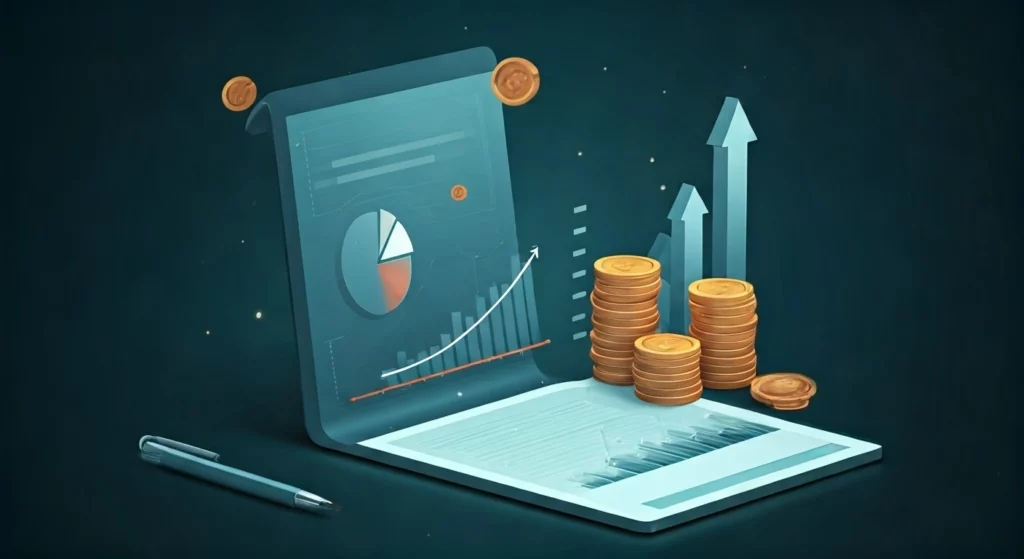 Income Statement Explained: Meaning, Importance, and Examples for Your Business Success
Income Statement Explained: Meaning, Importance, and Examples for Your Business SuccessWondering how an income statement can help you track your…
Read More »
Related Blogs
Navigating IRS tax forms can be difficult. This is true if you don’t know much about the different types and what they
Navigating income taxes can be tricky. This is especially true for small business owners that hire independent contractors. Companies must report payments
Are you looking for ways to grow your retirement savings and increase your financial future? A Self-Directed IRA (SDIRA) might be the
When looking for a business loan, understanding APR (Annual Percentage Rate) is essential. It shows the full cost of borrowing, factoring in the interest
Navigating the tax system can be overwhelming, but connecting with IRS customer service can help clear up any confusion. Whether you need
Accounting is crucial for business success, influencing key decisions and driving profitability. Understanding the importance of accounting in organizations helps business owners
Wondering how an income statement can help you track your business’s financial health? This essential financial statement gives you a clear picture
In financial accounting, it is important to understand financial statements. A major part of this is about liabilities. They are the debts
In business, it is very important to know how your company is doing financially. Year-over-year (YOY) growth analysis is a key performance
Picture this: you’re sitting down to do your taxes, and you’ve got your Form W-2 in front of you. But then you
FORMYTAX.COM
Providing quick and personalized support is our mission. Our U.S. based support team is committed to providing excellent service in every time zone. We're always willing to help!
SUPPORT
- support@formytax.com
- (888) 808-4641
-
2400 Barranca Pky, Irvine, CA 92606
14341 Clark Avenue, Bellflower, CA 90706.

